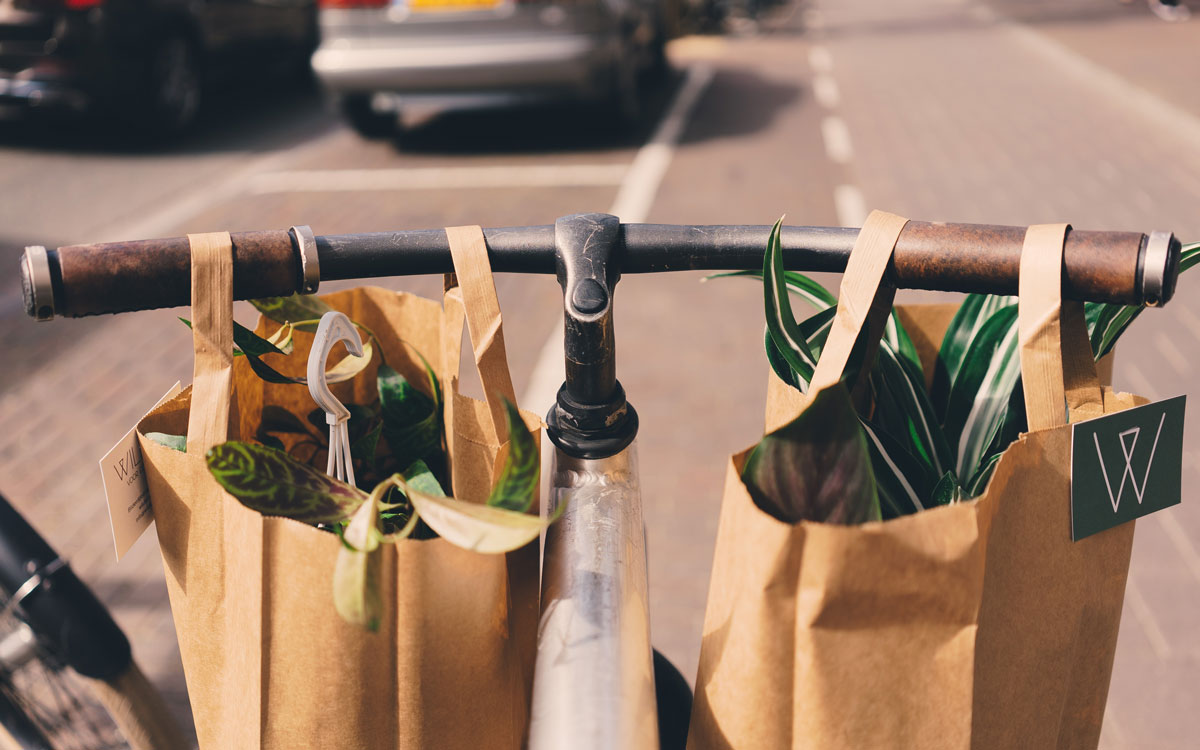Climate change, health problems, endangered species, all these are facts, but what is also a fact is that the ozone layer is regenerating*, and this tells us that everything we do to take care of our habitat does work.
We can contribute in a positive way to the environment through our home, by making it sustainable. Meaning, a house that knows how to seize natural resources and uses energy efficiently.
And since we do not always have the possibility to choose orientation, isolation, alternative energy generators, and waste treatment (all of them factors that directly contribute to resource optimization), here is the GREEN guide to transform your space into an eco house:

- Save on power bills by fully turning off appliances (the stand-by mode still consumes electricity). Thaw food previously to avoid having to do it in the microwave oven. Save on gas by placing lids on pans while cooking so steam gets trapped and food is done in less time; don’t open the oven often when in use, every time you do this, temperature drops.
- Reuse every chance you get, by incorporating either second-hand items or things made with recycled materials to your house. By doing this, in addition to giving a personalized touch to your home, you will decrease the use of each material’s energy in their fabrication process. Also try to give a second life to your clothes, if you cannot renovate it to use it yourself, donate it.
Reuse baking pans to avoid getting small plastic bags for food at the supermarket. If you don’t find other options for reusing at home, let the experts do it for you and give waste to organizations that know how to reuse it, like for example oil (Gaia.org.mx), small caps (bancodetapitas.org), or paper (recuperamexico.com).
- Divide trash so reusing it is easier and it is less polluting. The ideal thing to do is to put it in four different containers: glass, paper and cardboard, tins and plastic, and organic waste. If you mark the containers with colors or put signs on them, this gets easier. In this way, you support waste recycling programs, reduce waste volume, and decrease pollution and environmental degradation.
- Choose correctly before shopping for your house: low consumption appliances and light bulbs, you can also install movement sensors.
Ecological painting made from vegetal substances and water, which do not include oil derivatives or heavy metals, which can emanate toxic components. If you use wood products, make sure they are eco friendly to contribute to the preservation of forests. Double discharge water tank, they save 50% water. Biodegradable cleaning products. And avoid buying plastic as much as you can, sometimes it is as easy as using bar soap instead of shower gel (it lasts longer and its packaging is made of paper).
 When talking about food, if you do not have your own garden, choose local and seasonal produce, this way, you avoid the use of fuels and packaging for their transportation, and you also support your community’s economy; prefer fresh and organic foods and pay attention to quantity, so there are no leftovers thrown out.
When talking about food, if you do not have your own garden, choose local and seasonal produce, this way, you avoid the use of fuels and packaging for their transportation, and you also support your community’s economy; prefer fresh and organic foods and pay attention to quantity, so there are no leftovers thrown out.
Our home can be turned into a small tool to improve the environment and take care of our health through these basic changes.


